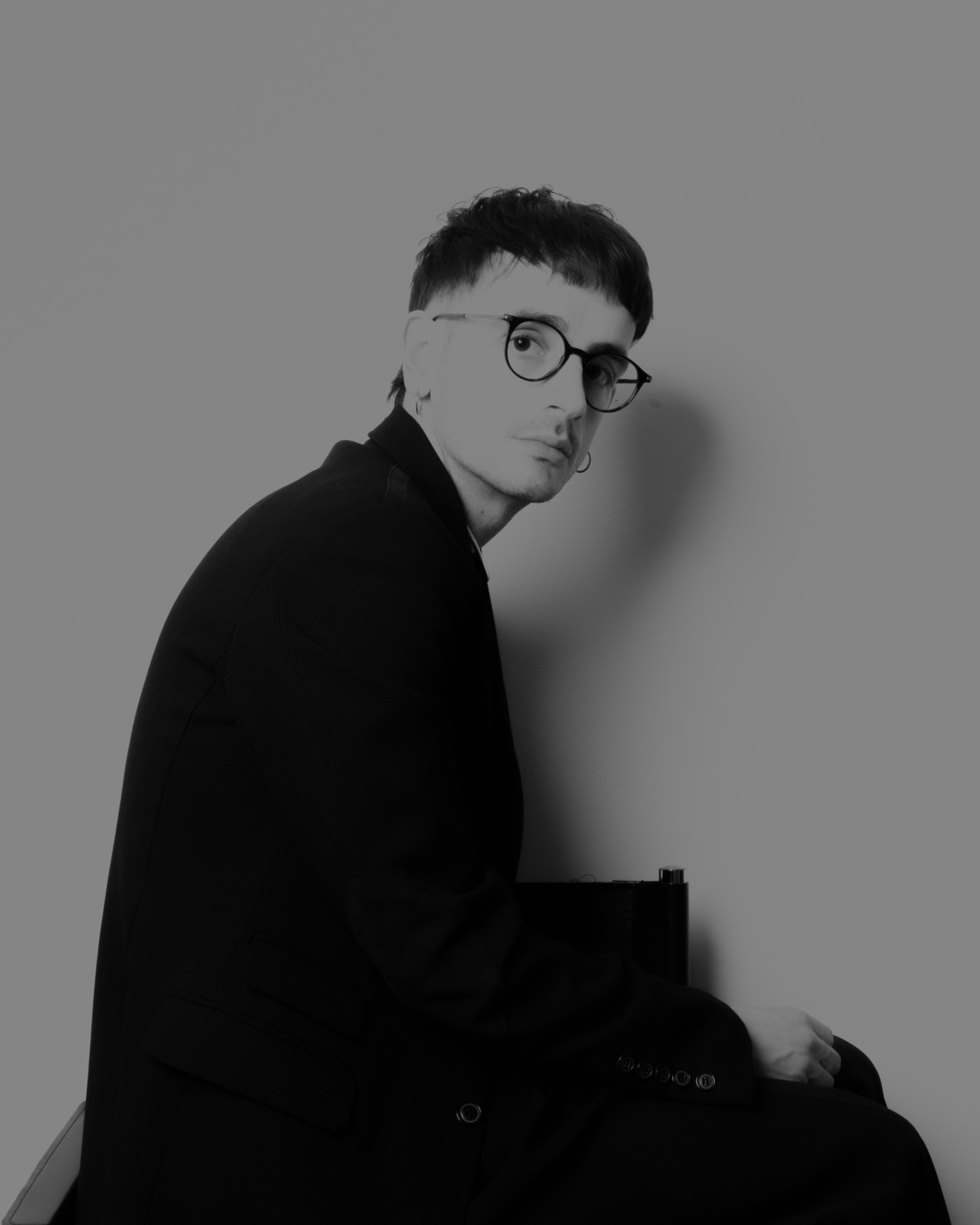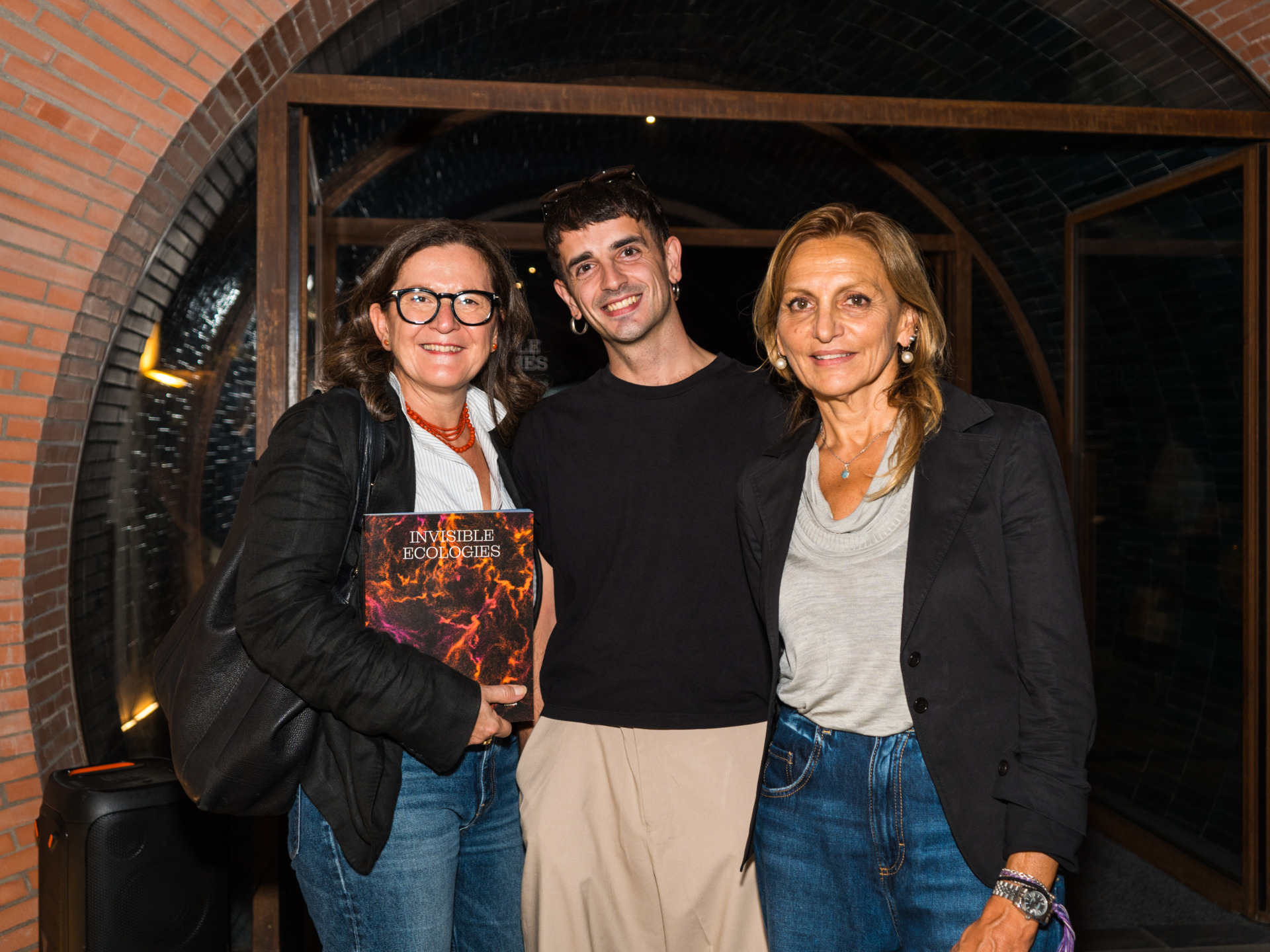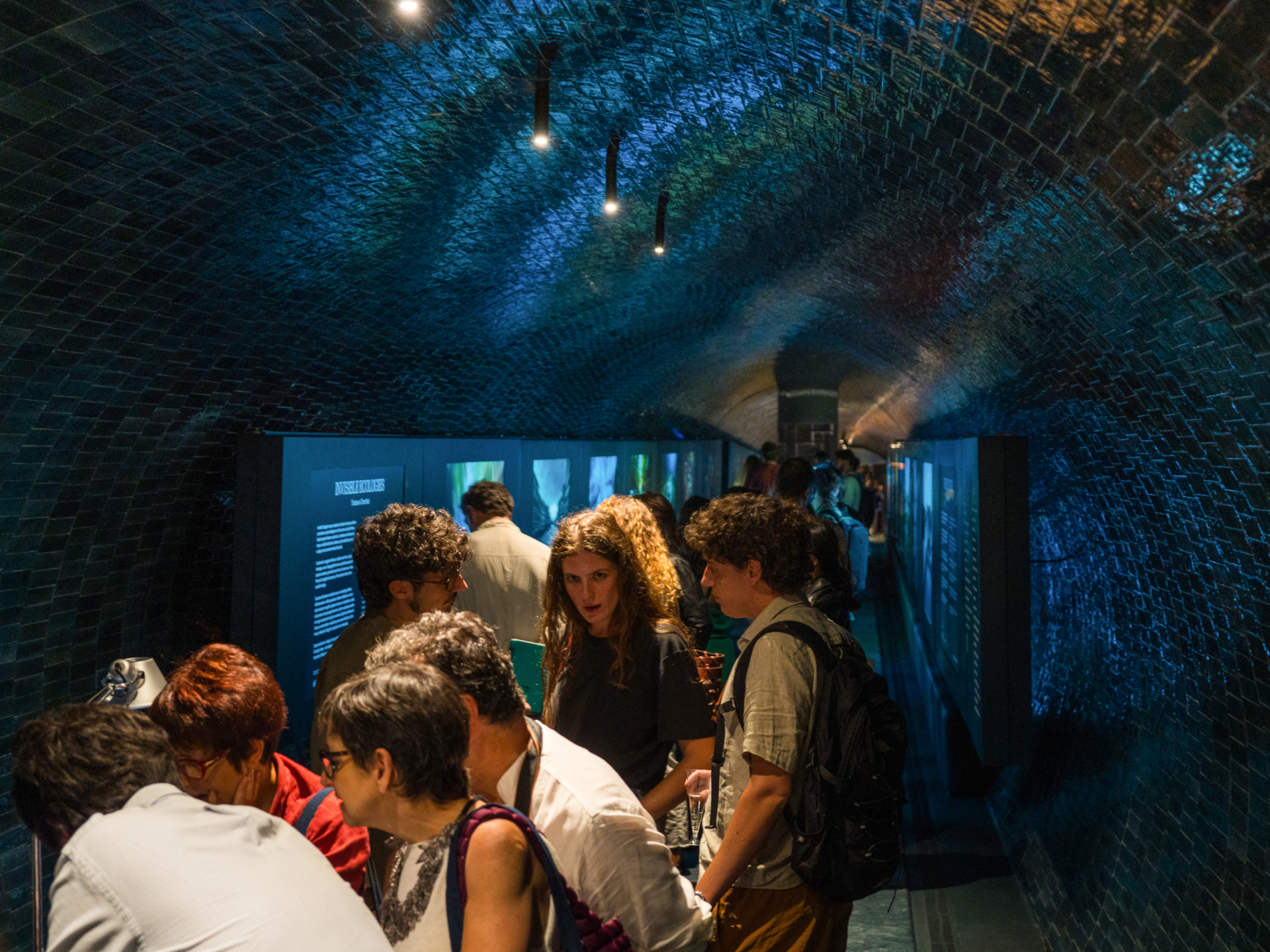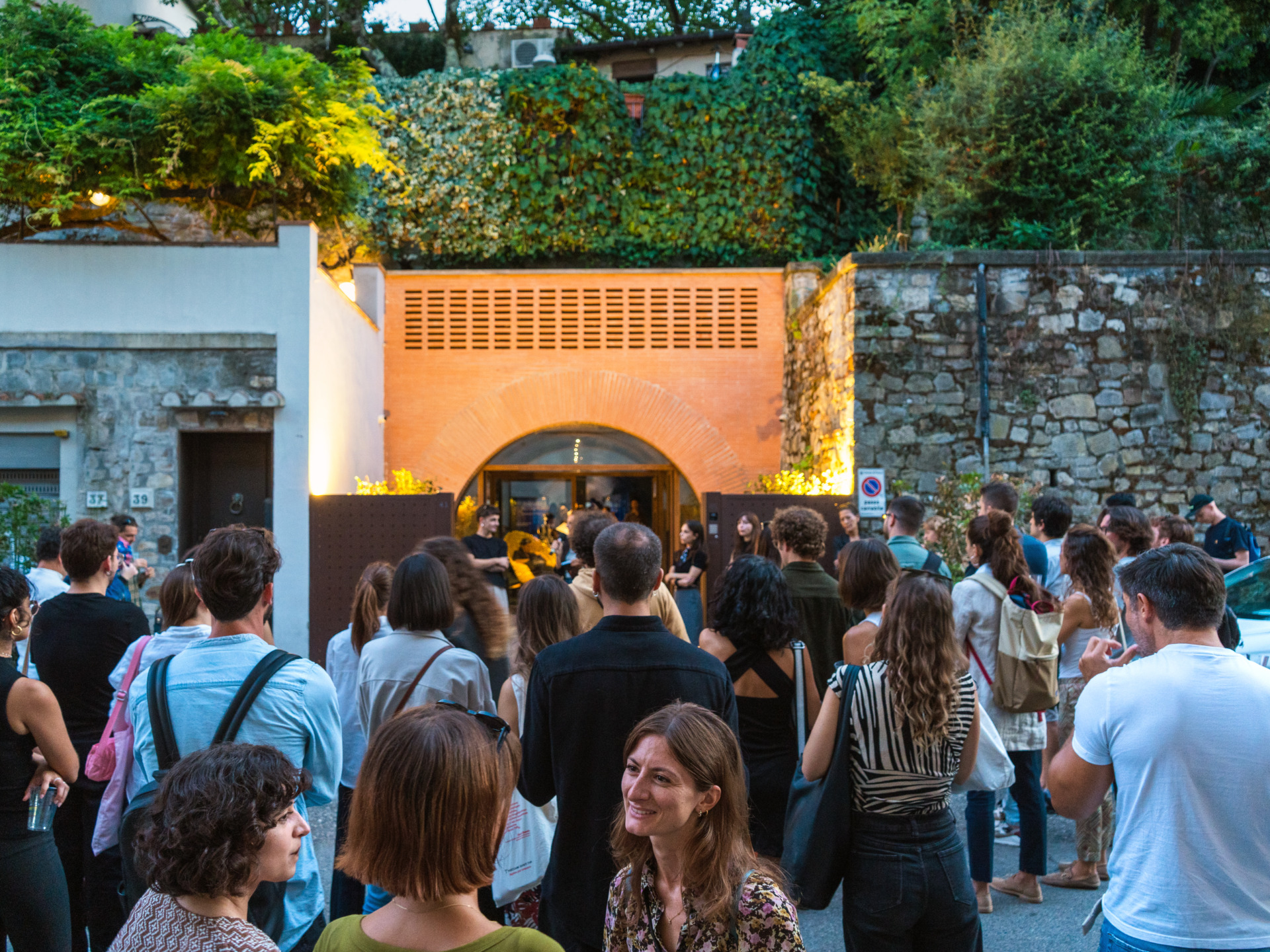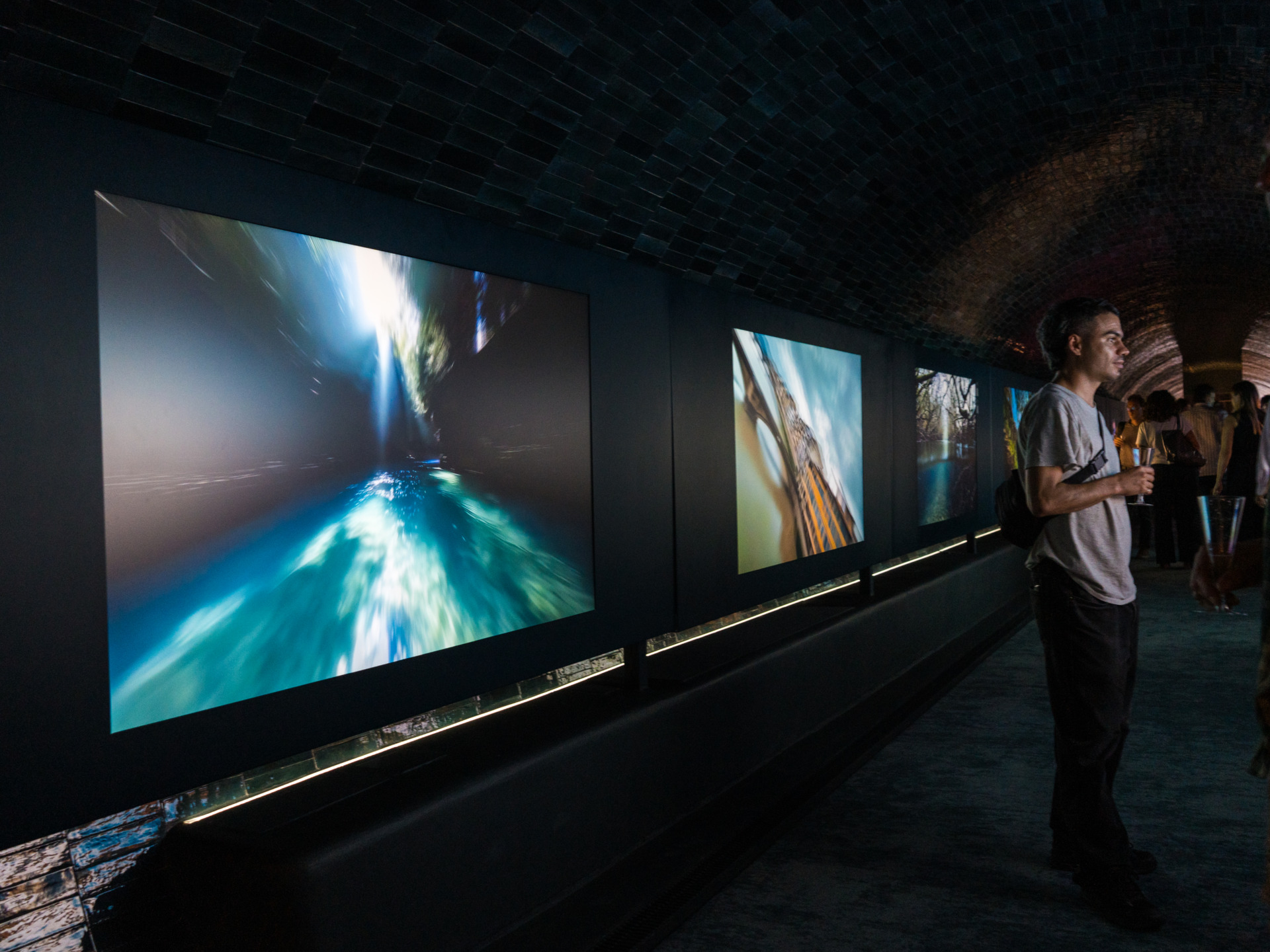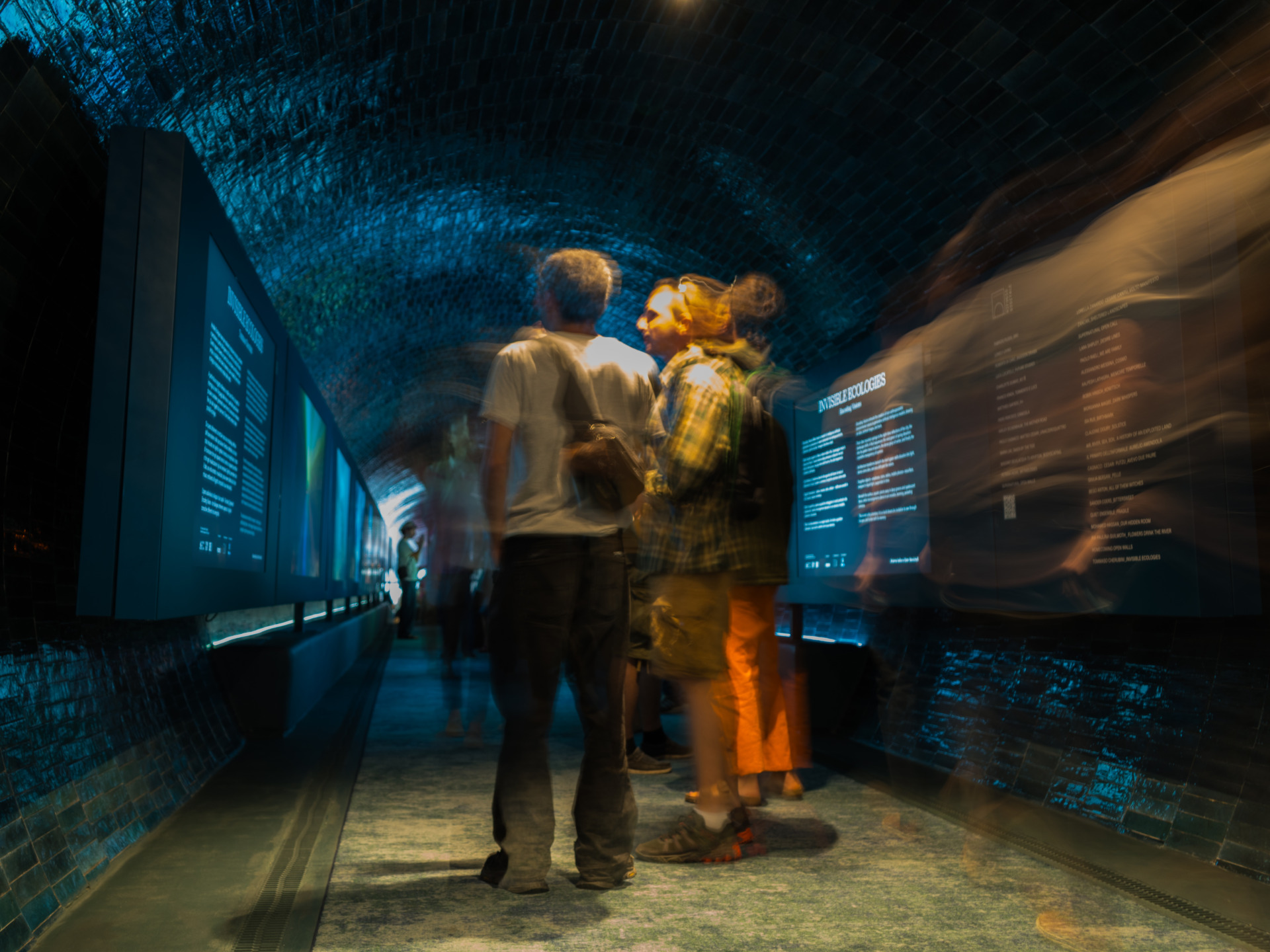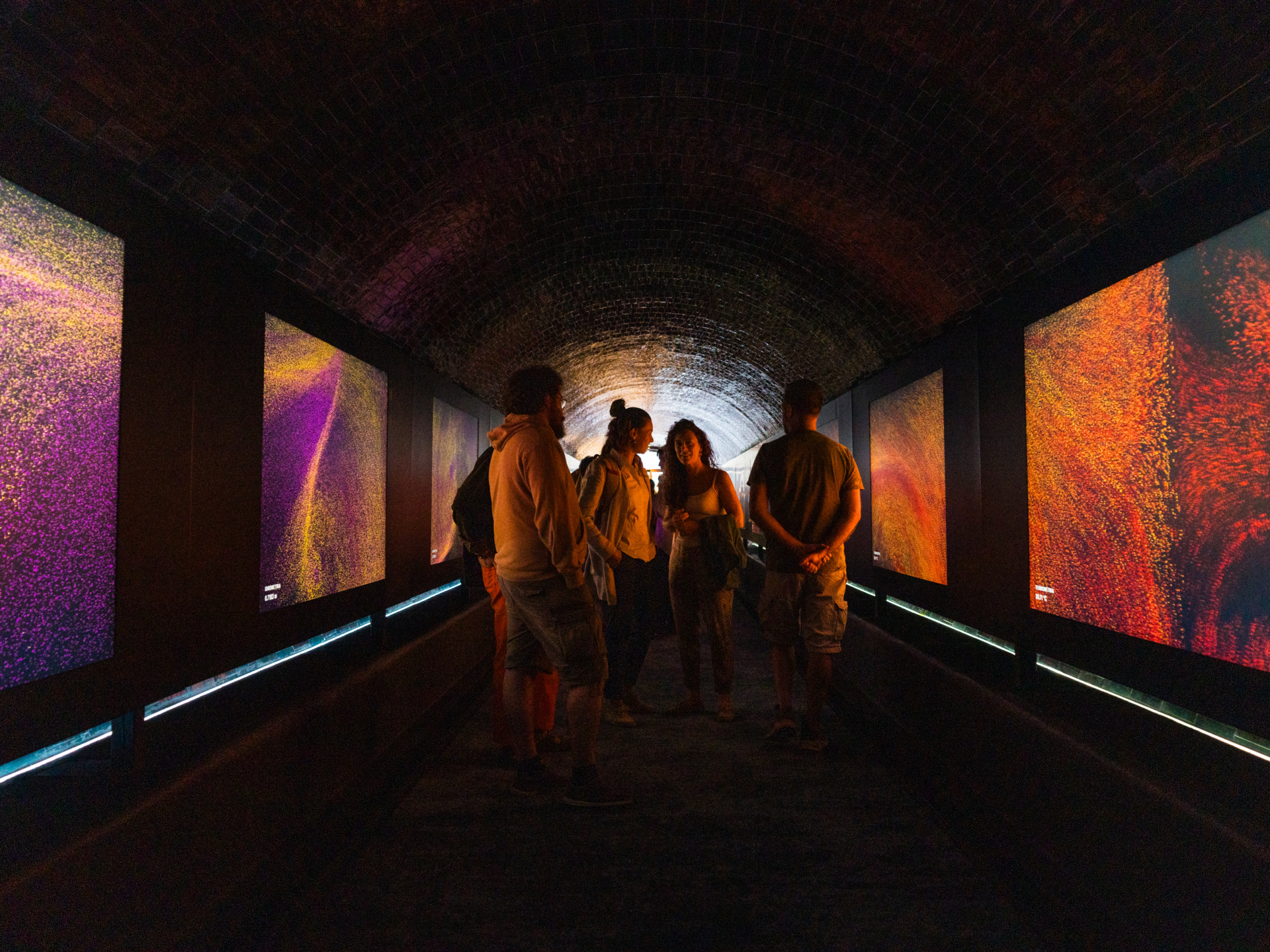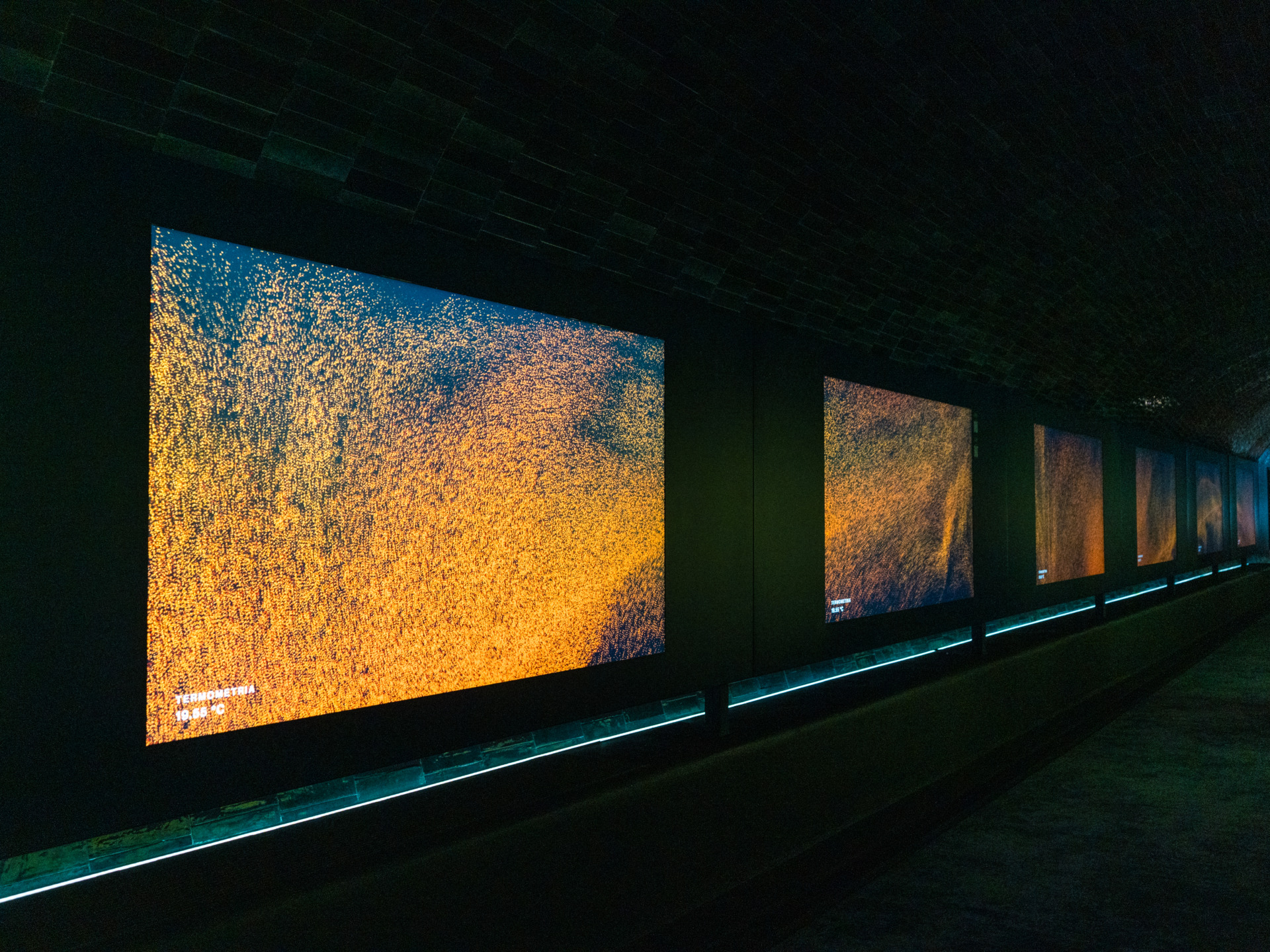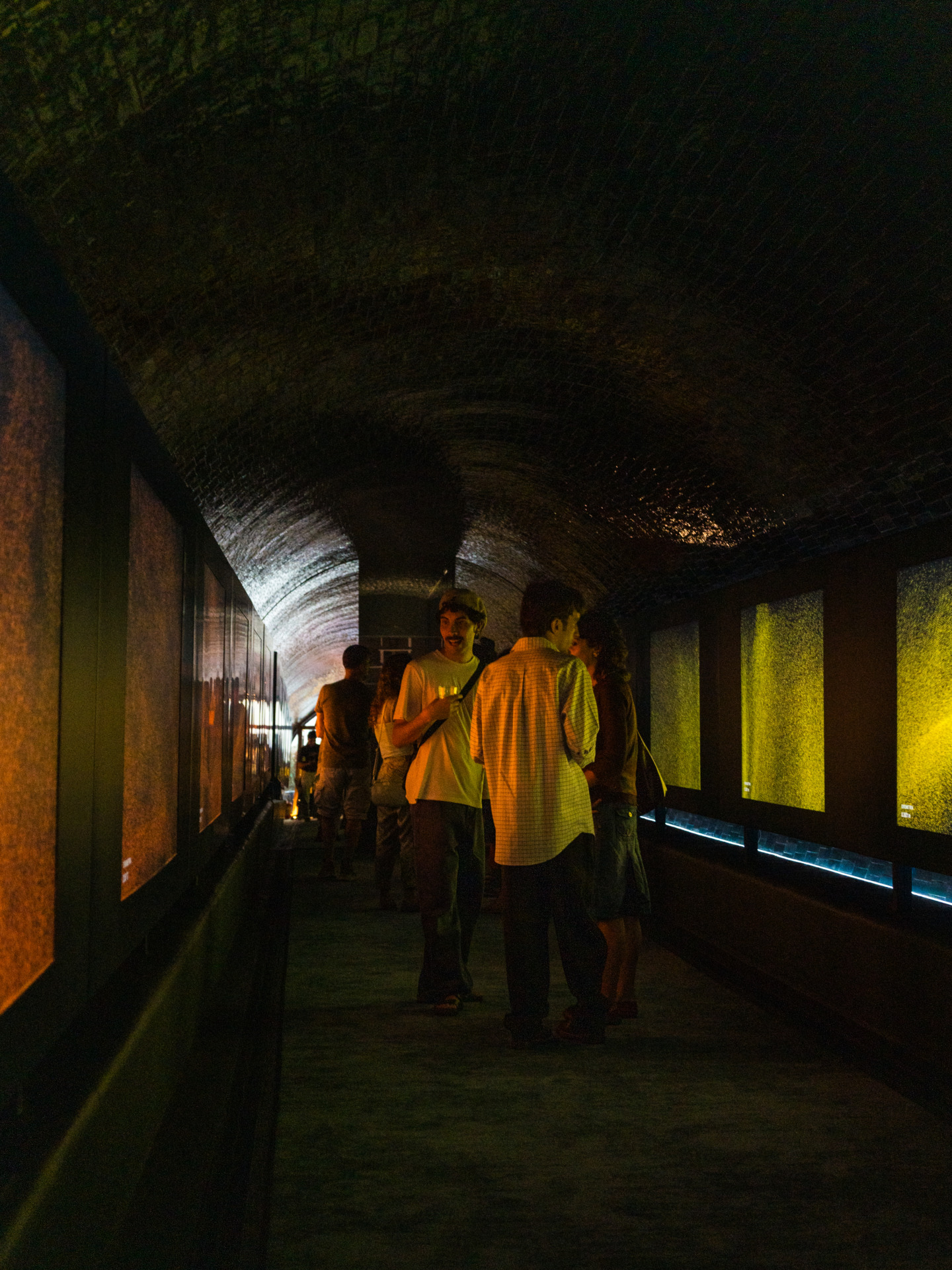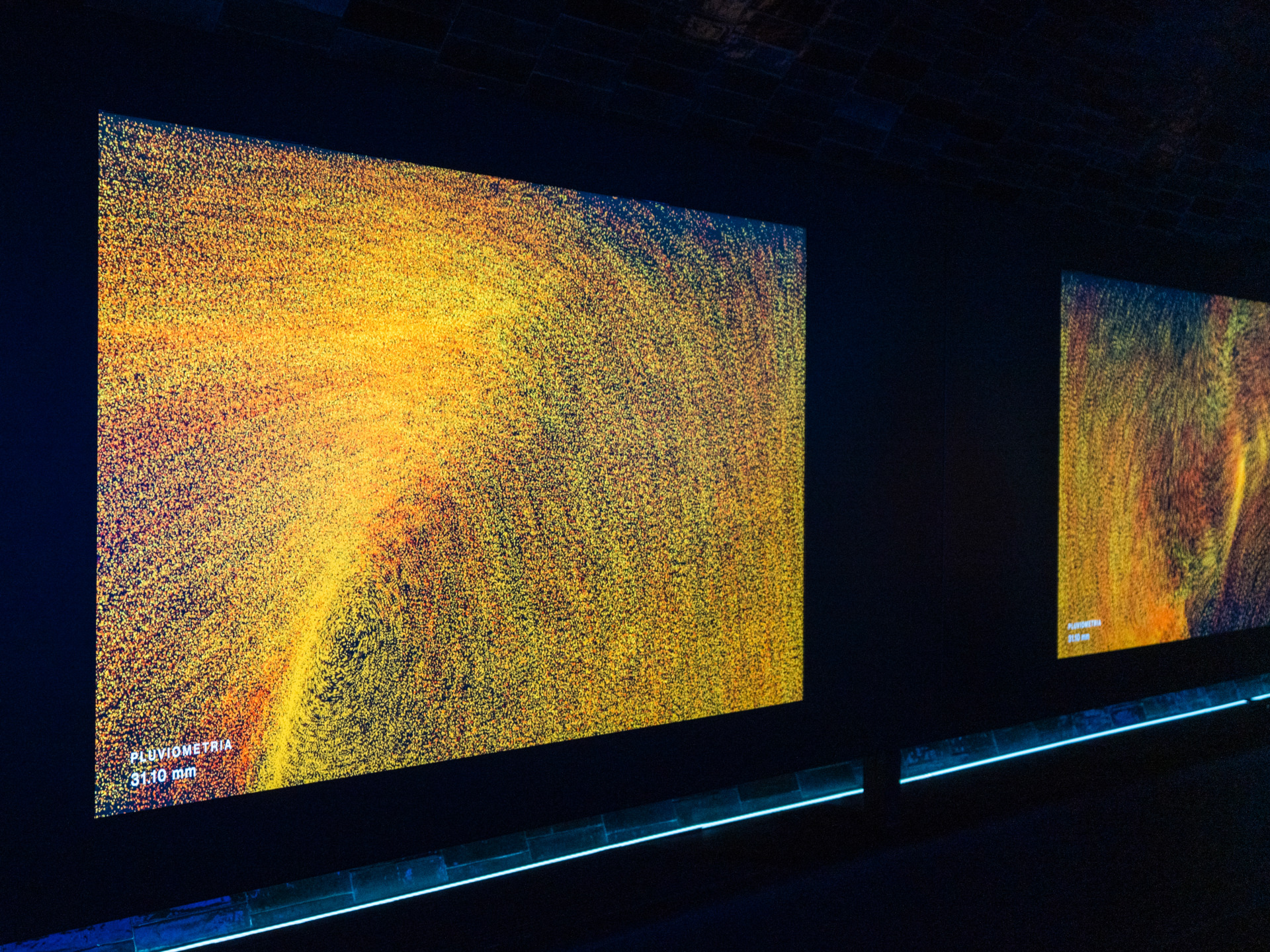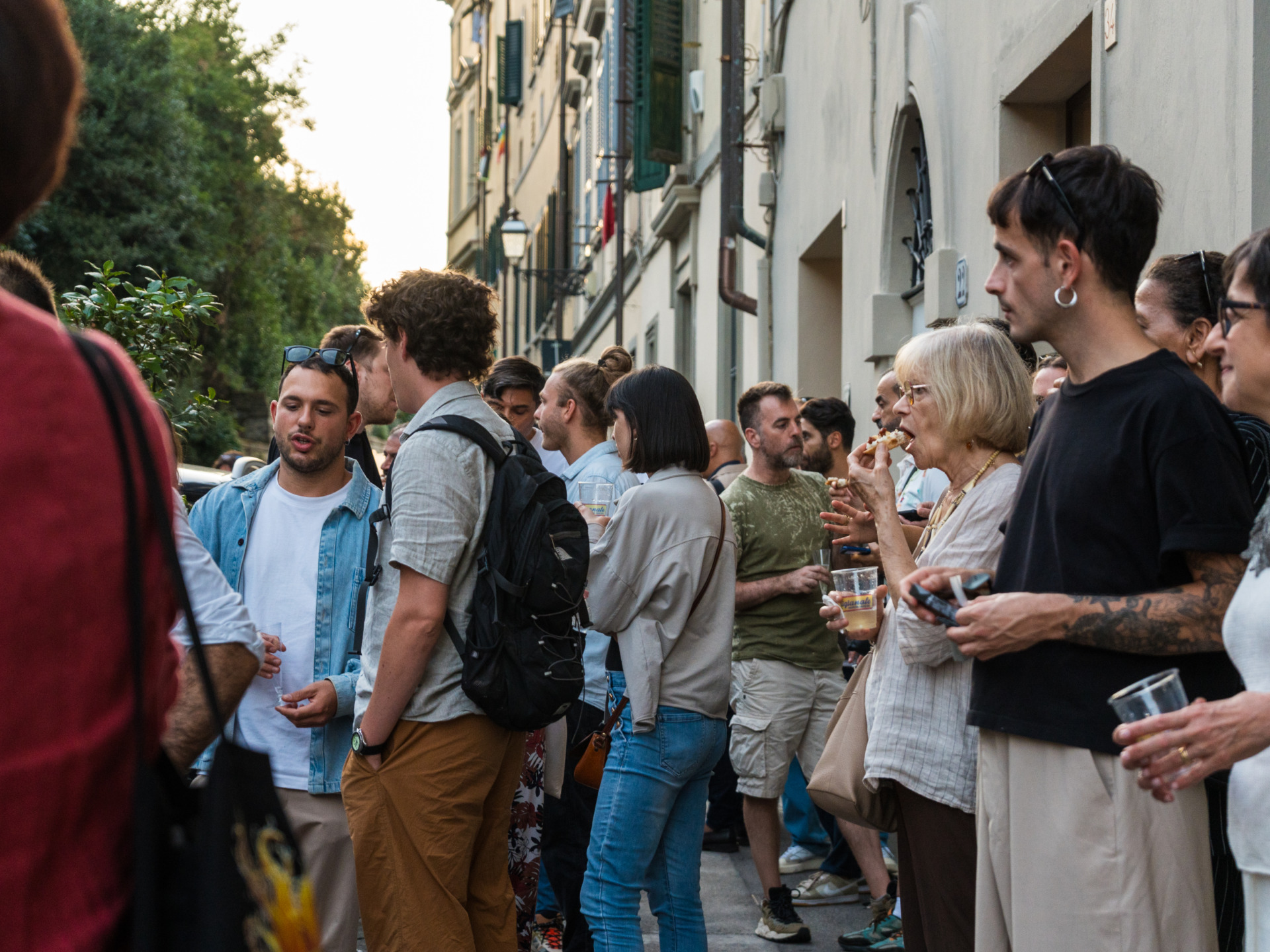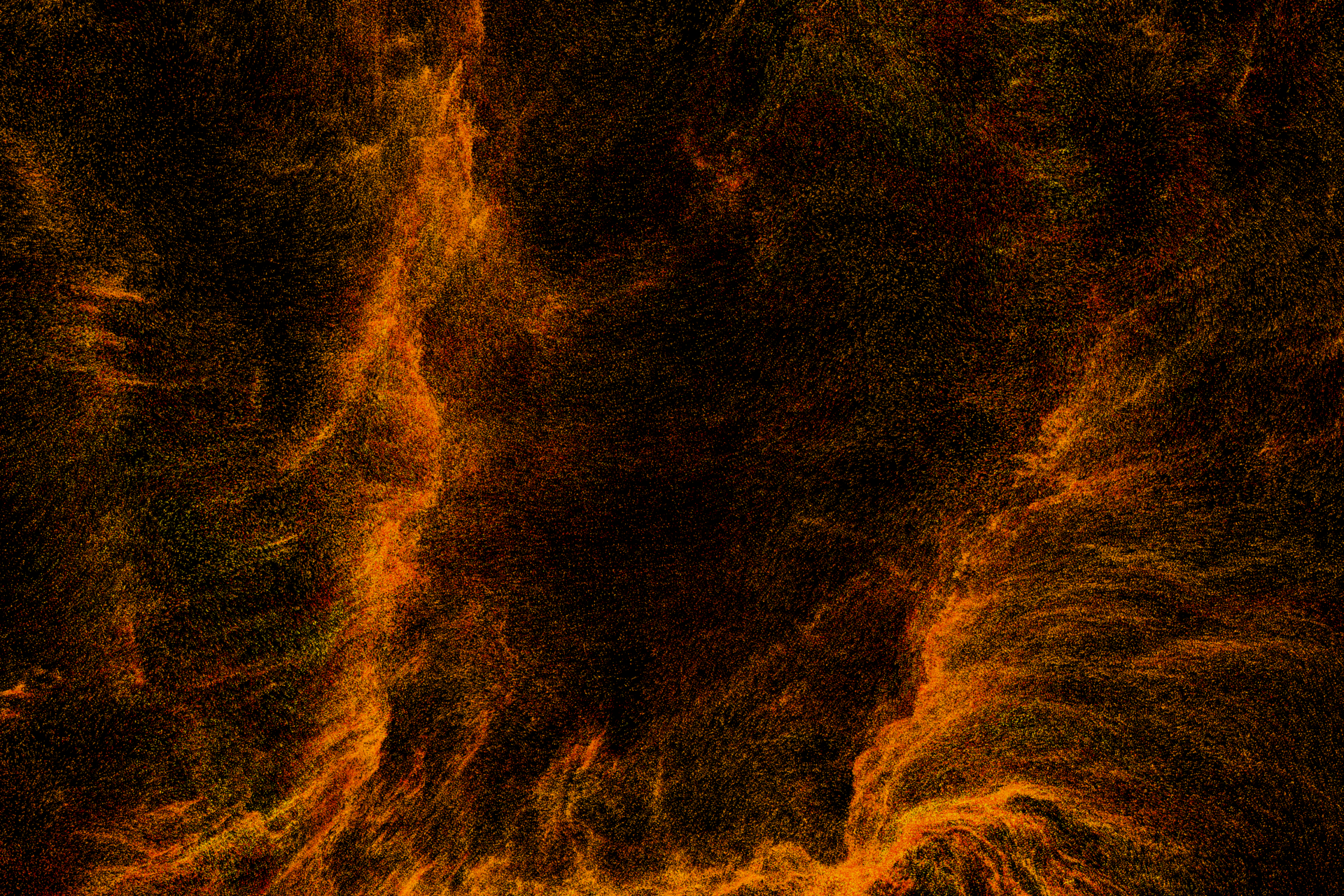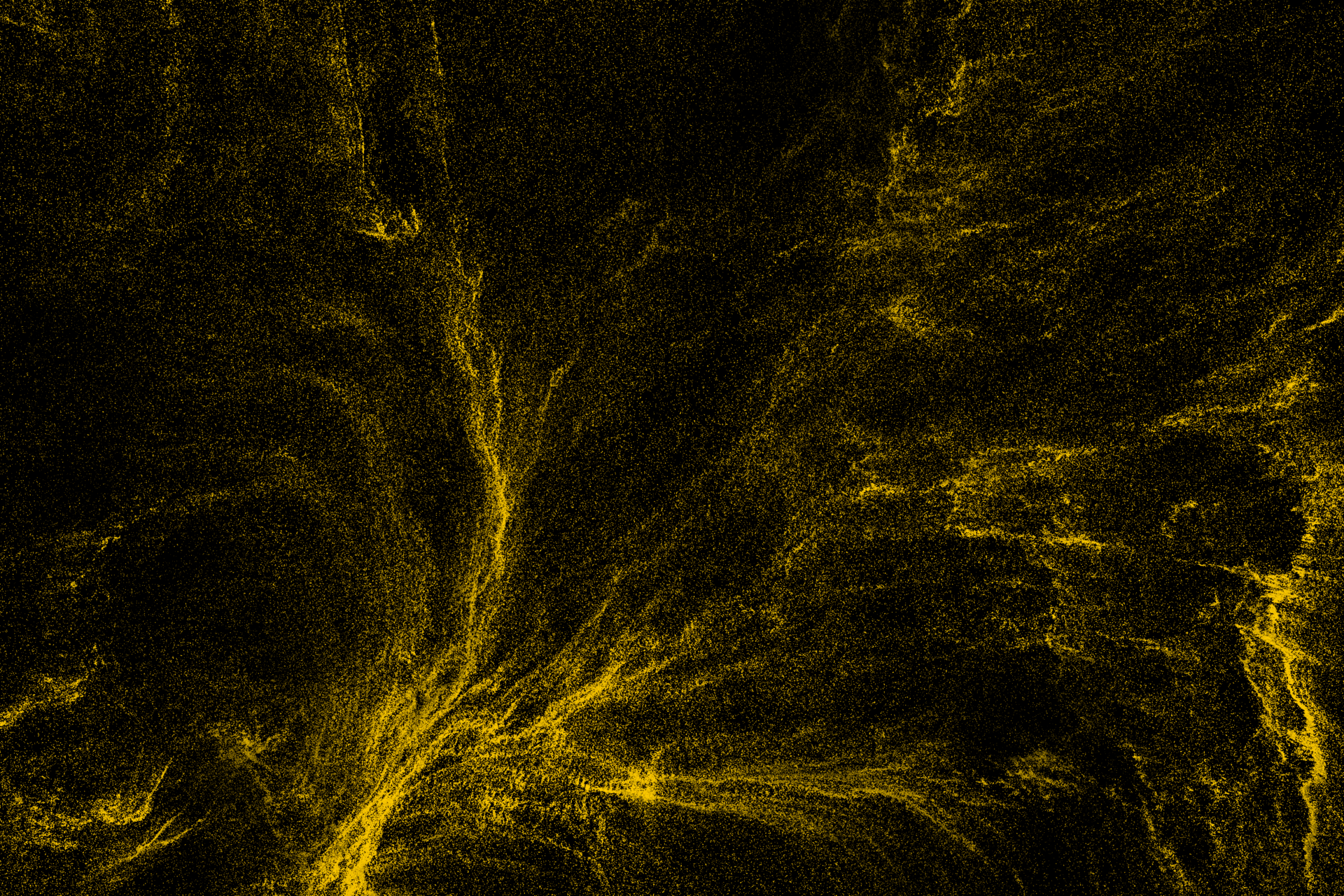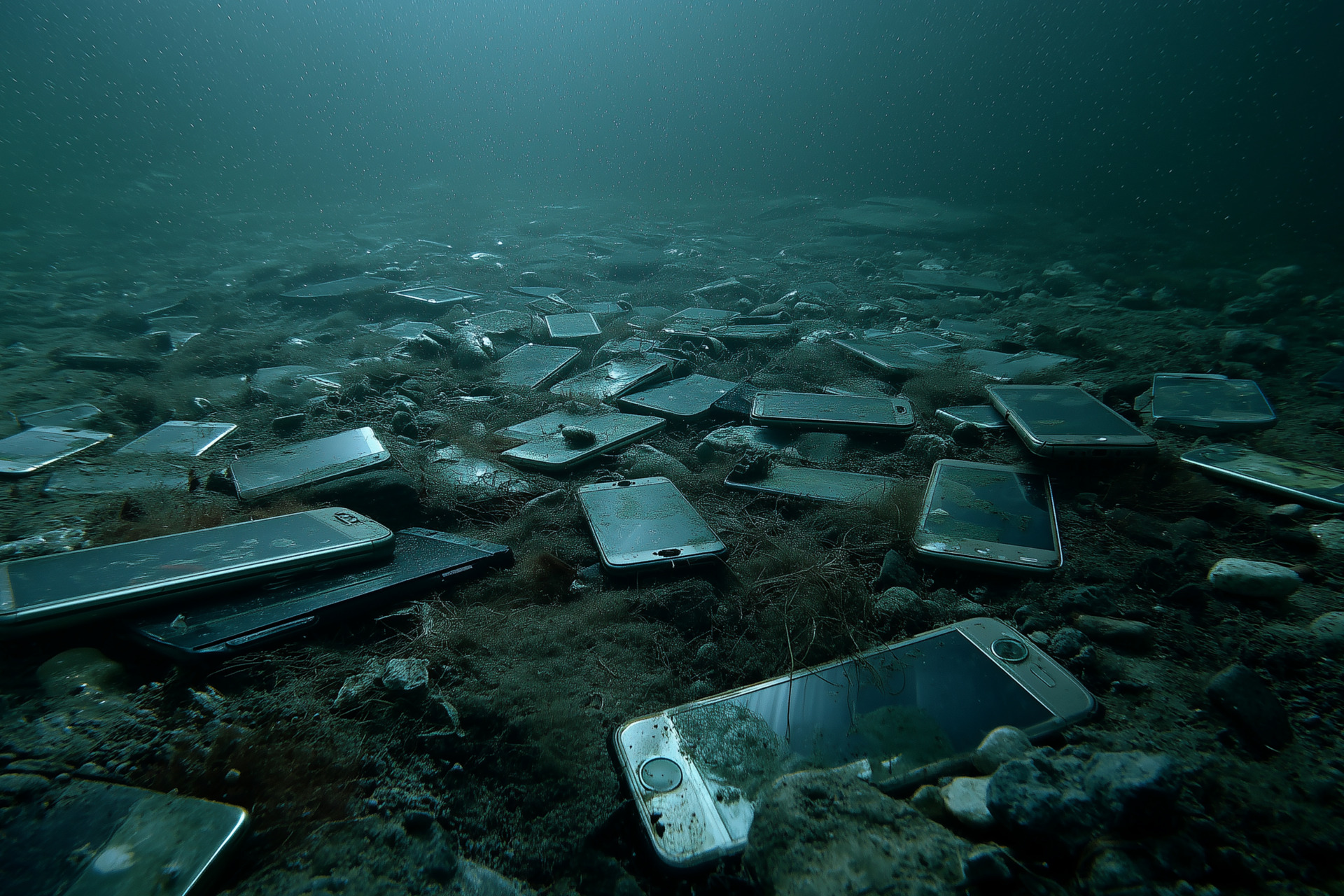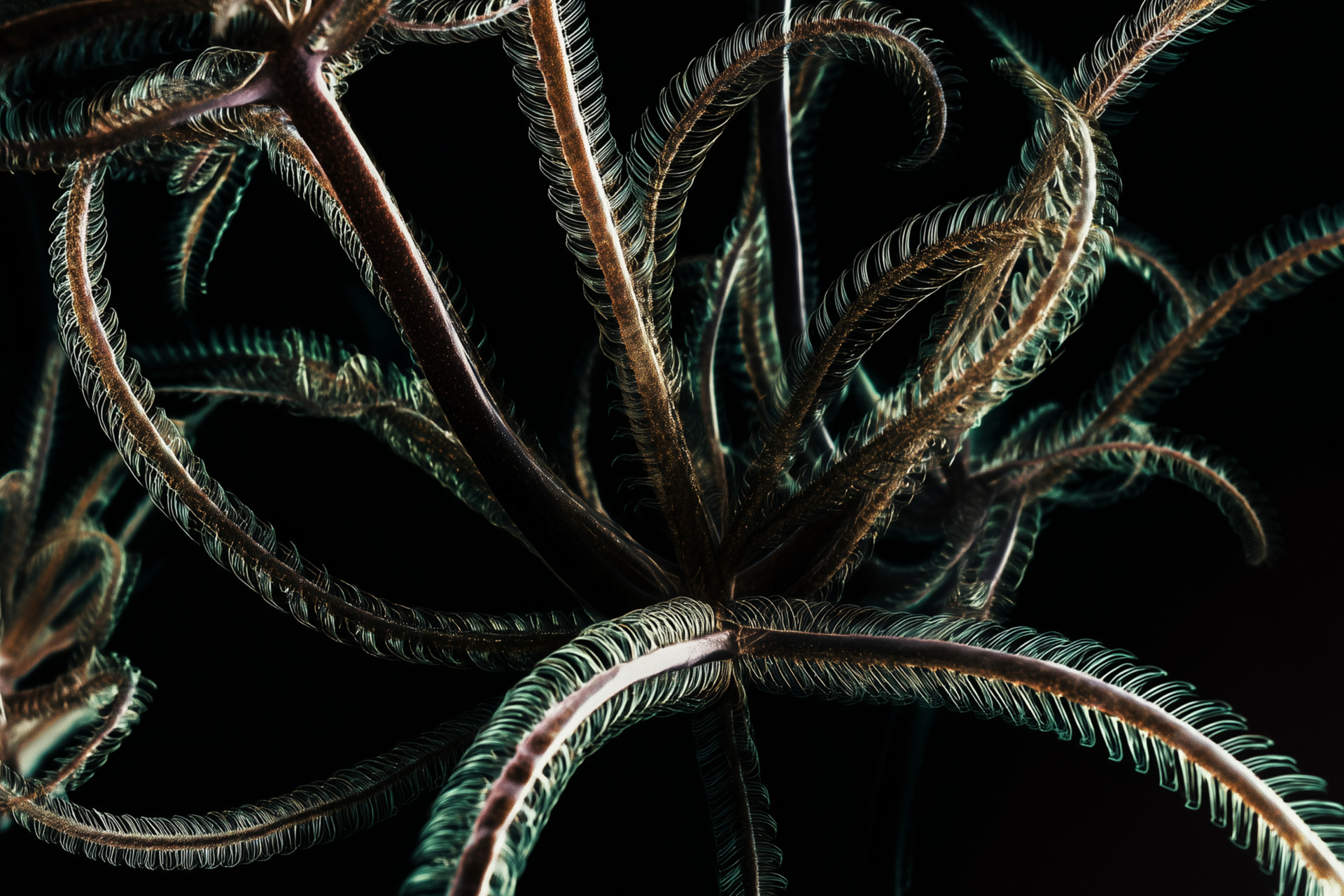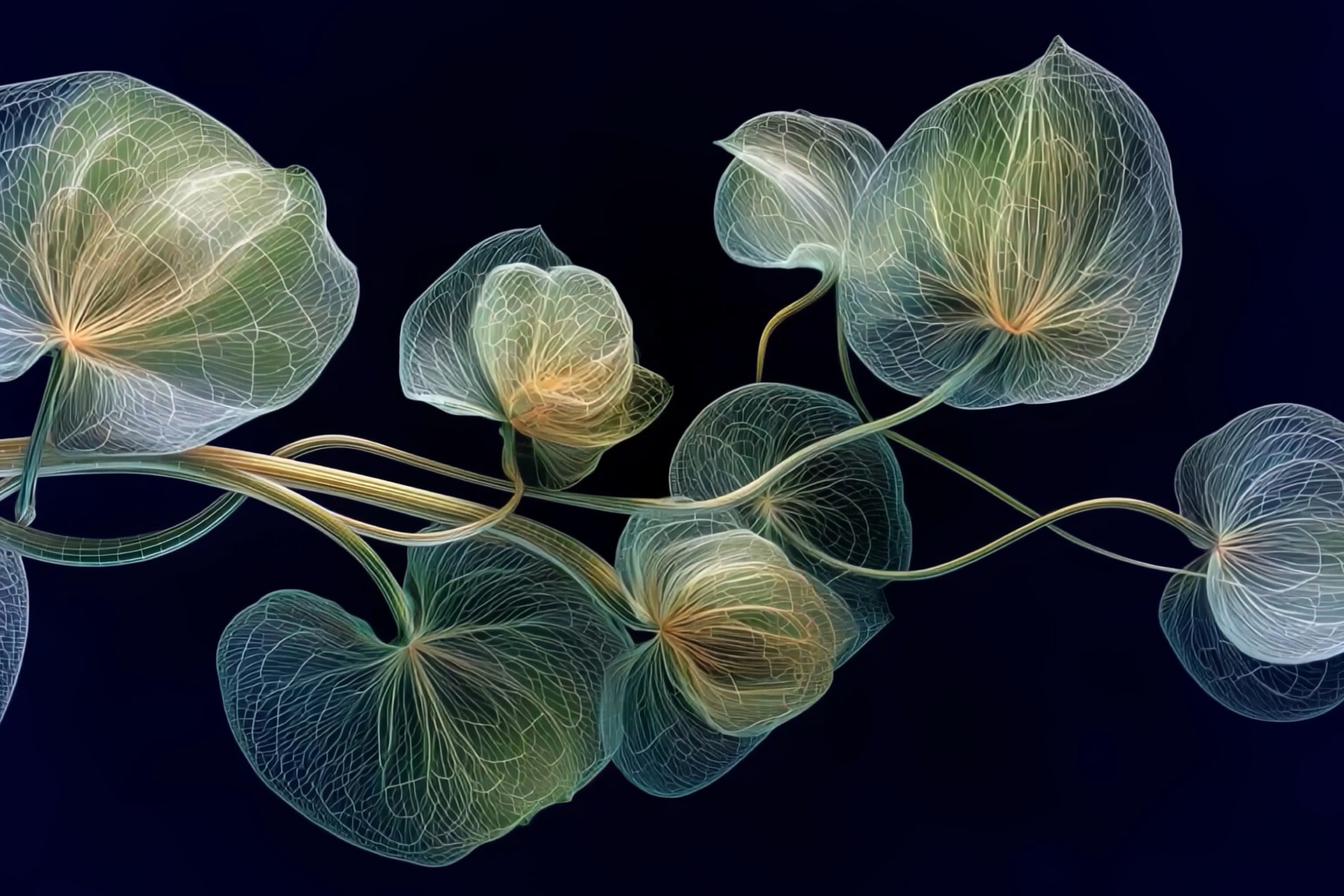Visual artist born in Macerata in 1995, working across generative artificial intelligence, data, and multimedia installations. His practice transforms historical archives into layered visual experiences that explore memory, time, and landscape, addressing social and environmental issues through new media art. He collaborates with cultural institutions such as the Egyptian Museum in Turin and artists like Lazza, with his work featured in events like Milan Design Week and Graphic Days. He is also active as a trainer and consultant in the fields of AI and visual communication.





